Back in March (which already feels like so long ago) most of the Hort. Dept. at work piled into rental vans and drove westward to reach the Zuni Pine Barrens along the Blackwater River in Isle of Wight Co. There we were met by Dr. Lytton Musselman and Peter Schafran of Old Dominion University (ODU), both of whom are experts in several subjects, including Zuni and its longleaf pine (Pinus palustris) ecosystem. The pine is the keystone species at Zuni, and this spot is the last vestige of its northern-most limit. This type of ecosystem once covered close to 100 million acres, from southeastern Virginia to Texas; 3 million acres remain today. Longleaf pine was so important to the settlement of this part of the state, that it is sometimes referred to as "The Tree That Built Tidewater". Its hard wood was preferred for ship's masts, and more importantly, it resins were harvested for the tar, pitch, and turpentine necessary for building wooden ships. Today shipbuilding remains a key component to the area's economy, and it all started with the longleaf pine. Over-harvesting, feral pigs, and fire suppression have all played a role this tree's near disappearance locally, but at Zuni, ODU and the State of Virginia are increasing the acreage of this ecosystem, one of Virginia's rarest.
April 7, 2016
Zuni Pine Barrens
Subscribe to:
Post Comments (Atom)
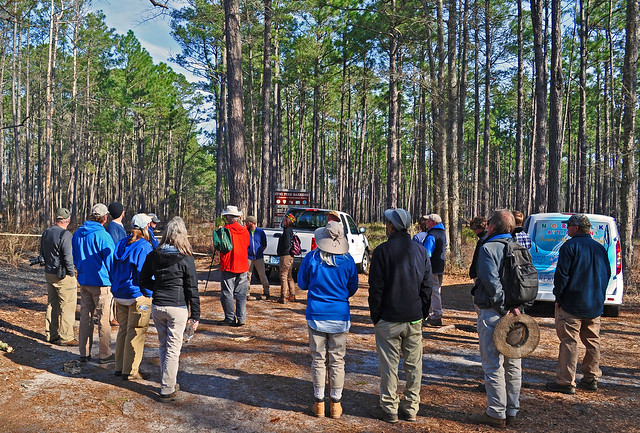
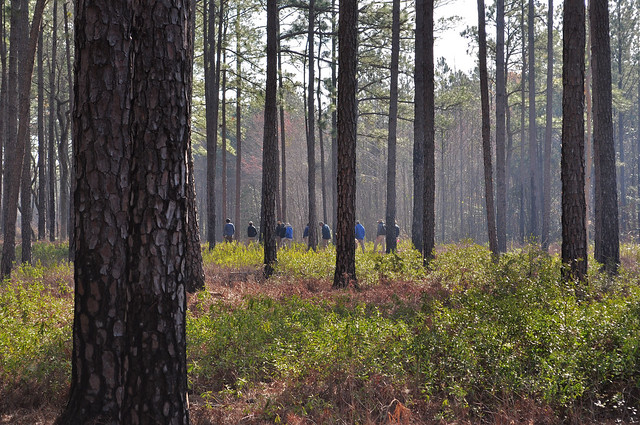

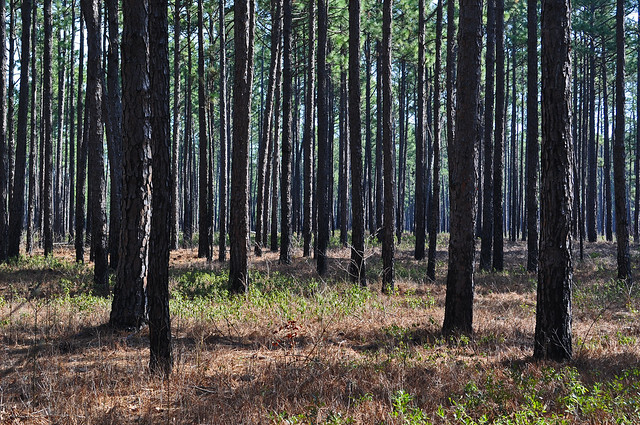
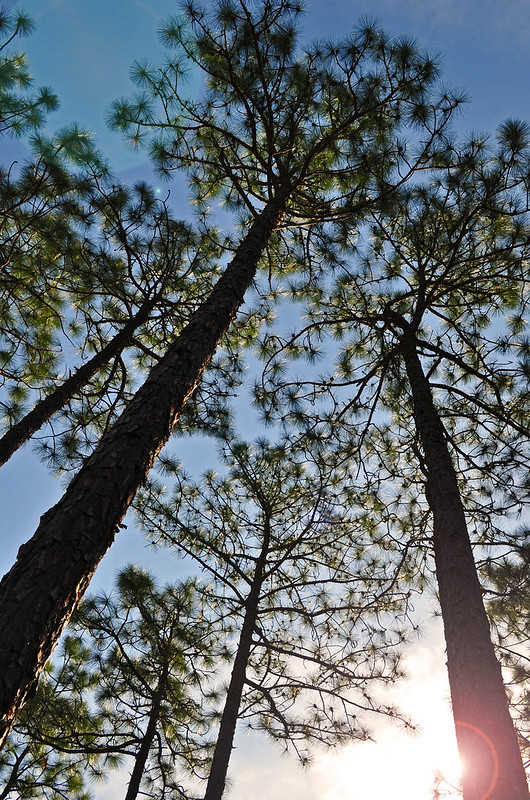
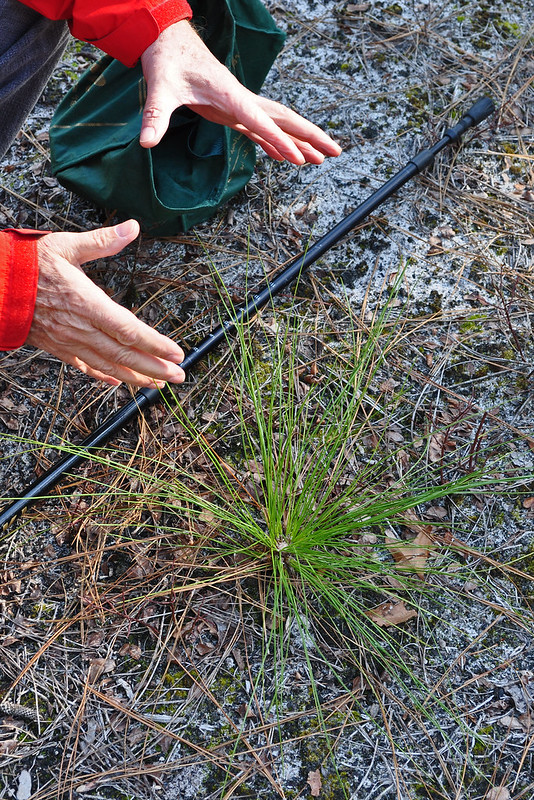
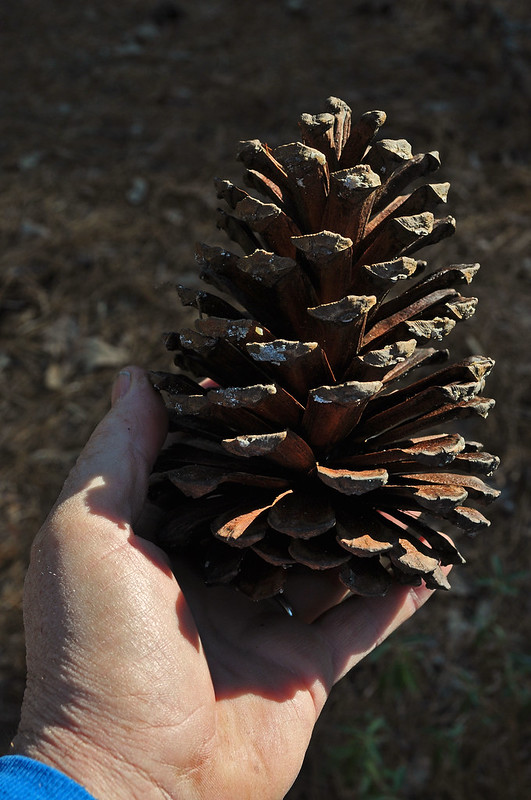
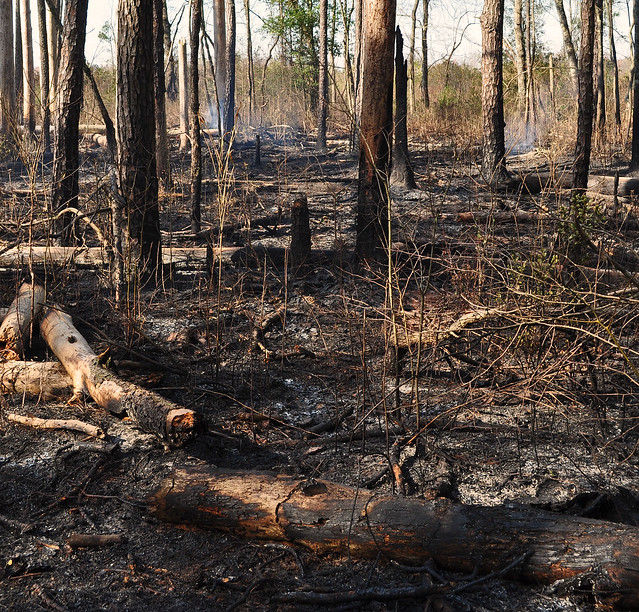

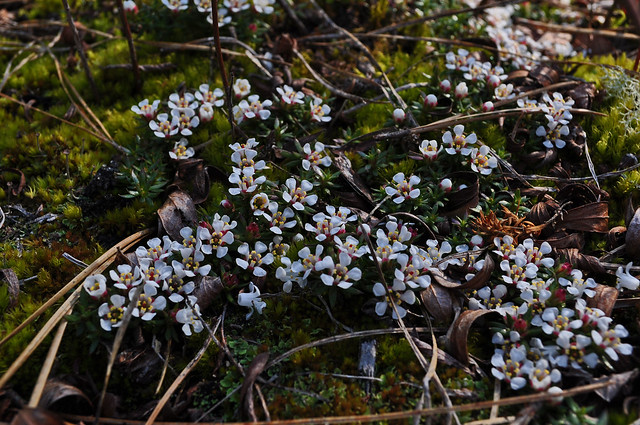
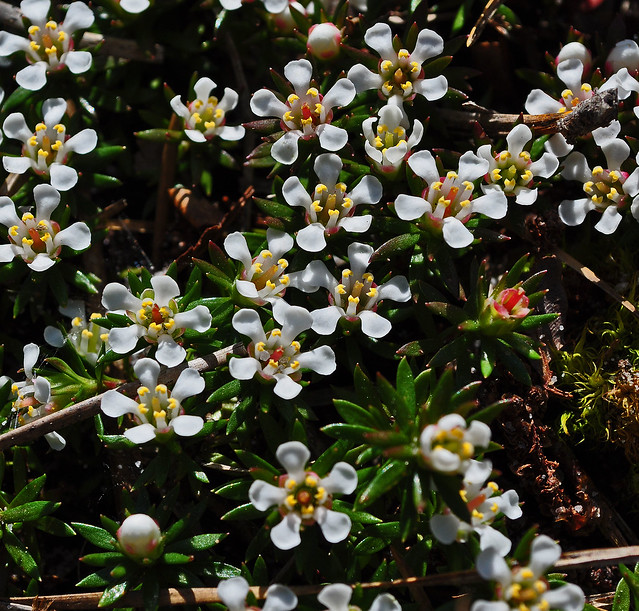





Thanks Les, for the tour/field trip. It's important that folks learn about different ecosystems; then they'll love them and care for them. We have cedar glades in Middle Tennessee. People thought they were lifeless because they couldn't grow crops, but they are alive with rare and unusual plants.
ReplyDeleteDr. Musselman was my professor last year for my ethnobotany and dendrology classes. We took many field trips to Zuni Pine Barrens. Neat place
ReplyDeleteI liked reading this. It is always interesting to learn a little more about the history and plant life in Virginia. It really is the crossroads of the northern and southern climate growing zones.
ReplyDeleteRay
I love all these educational trips I get to take with you. That little "moss" is a beauty. Lucky that there is an effort to protect this landscape and increase it. I fear that in Wisconsin with our deadly Governor and Legislature we will lose more land like this and see more pollution. They have already gutted our Dept. of Nat. Resources of most of its scientists. Depressing. And thanks for the birthday wishes.
ReplyDeleteFascinating that this is another ecosystem that requires periodic burning, like the prairie. I hope more of this type of ecosystem is restored.
ReplyDelete